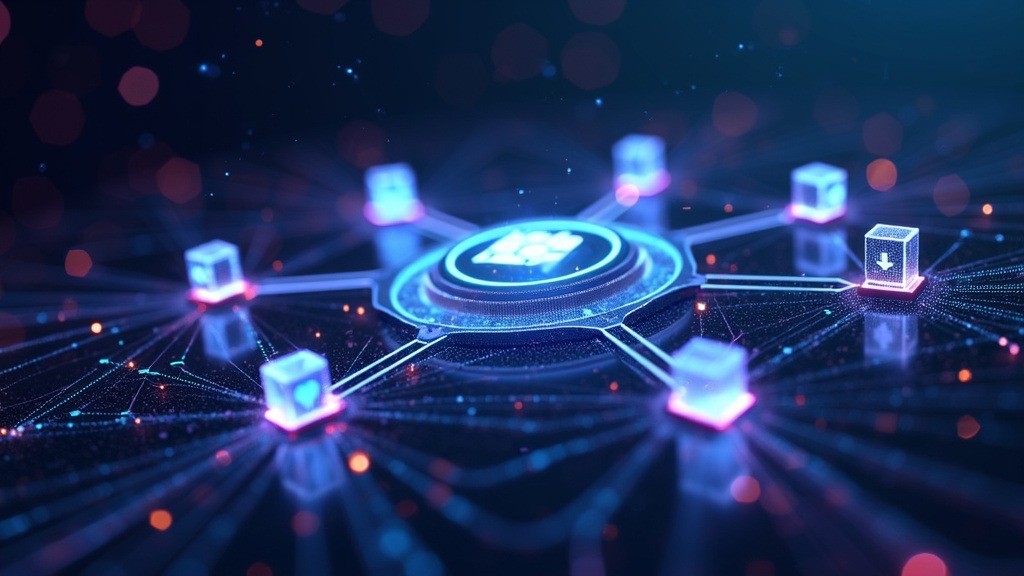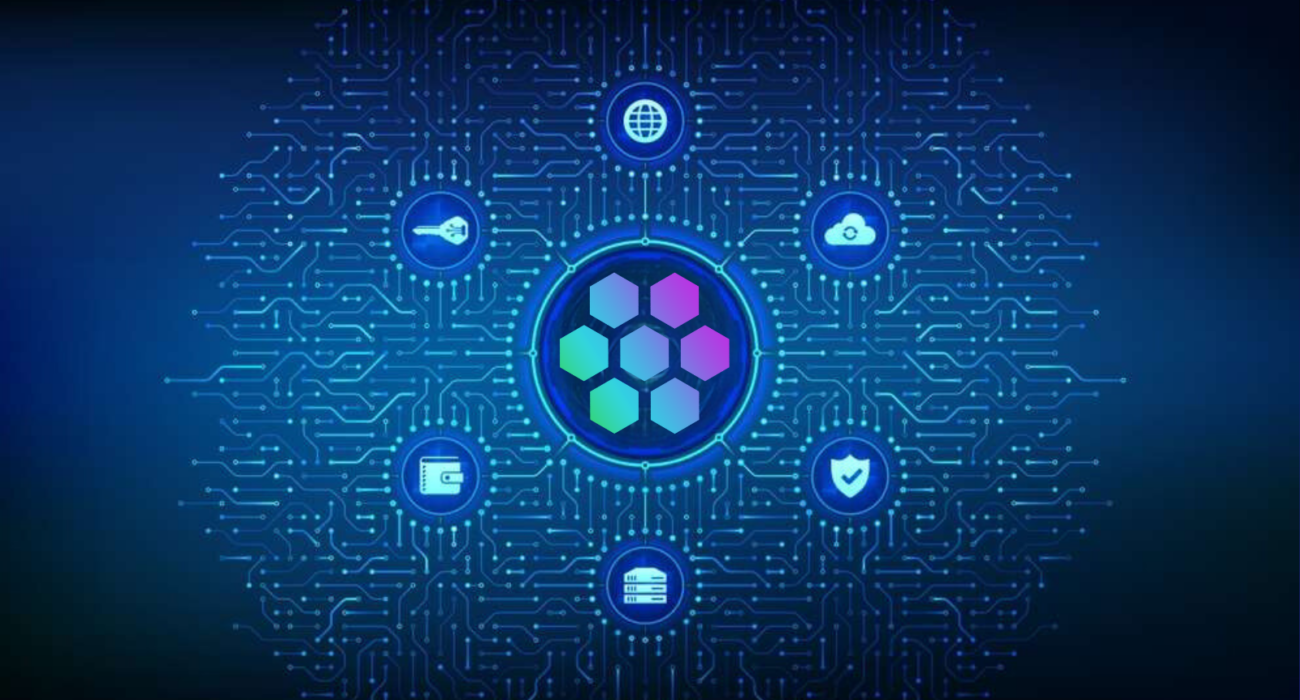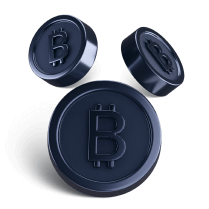The blockchain world is constantly evolving, with new technologies emerging to tackle existing challenges. One of the latest and most promising innovations is DePIN (Decentralized Physical Infrastructure Networks). While blockchains were initially about decentralizing data and transactions, DePIN takes it a step further by decentralizing physical infrastructure. But what exactly does this mean for blockchain’s future? Let’s explore how DePIN is transforming the blockchain landscape and setting the stage for a new era in decentralized networks.
What’s DePIN All About?
In simple terms, DePIN refers to decentralized networks that use physical infrastructure—think hardware, IoT devices, and real-world assets—to support blockchain’s core functions. Instead of relying on centralized data centers, DePIN networks share and use distributed resources. This brings an extra layer of decentralization to blockchain, one that supports not just data and applications but the physical hardware running them.
With DePIN, we’re moving beyond digital-only assets, making blockchain technology more accessible, robust, and efficient. As we’ll see, DePIN is transforming the blockchain landscape in a way that may change how we view decentralized networks altogether.
Why DePIN Matters for Blockchain
Addressing Blockchain’s Limitations
Traditional blockchains have been revolutionary but come with some limitations, like high transaction fees, slow processing times, and reliance on centralized physical resources. DePIN is transforming the blockchain landscape by addressing these issues head-on. By decentralizing the infrastructure itself, DePIN allows networks to run more securely and independently.
Decentralizing Physical Infrastructure
DePIN represents the next phase of blockchain evolution, bringing decentralization to the infrastructure level. It’s not just about data and transactions anymore—it’s about the hardware powering them. In DePIN networks, physical infrastructure is owned and operated by users rather than centralized companies. This approach makes the system more resilient, as there’s no single point of failure. As a result, DePIN networks are more secure, flexible, and cost-effective.
Key Features of DePIN Transforming the Space
So, what makes DePIN so impactful? Here are a few key features that are transforming the blockchain landscape:
1. Security Enhancements
Security is always a top priority in blockchain, and DePIN takes it to the next level. With decentralized infrastructure, data and transactions are less vulnerable to attacks. When the hardware is distributed across a wide network of users, it becomes extremely difficult for any single entity to compromise the system. This decentralized approach creates a stronger, safer network, where users can trust the security of their assets.
2. Scalability Solutions
Scalability has been a constant challenge for blockchain networks. But DePIN is transforming the blockchain landscape by offering more scalable solutions through shared physical resources. By distributing the load across multiple devices and locations, DePIN allows networks to handle more transactions and users without the high fees and delays that plague traditional blockchains.
3. Cost Efficiency
Running a centralized data center is expensive, and those costs often trickle down to users through fees. DePIN networks, however, rely on shared infrastructure, which reduces costs for everyone involved. With decentralized physical resources, users and developers save on operational expenses, making blockchain technology more affordable and accessible.
Unlock the potential of SRP Token—a driving force in DePIN’s transformation of blockchain! Invest today to be part of a decentralized, scalable network reshaping industries worldwide
Real-World Applications of DePIN in Blockchain
DePIN isn’t just theoretical—there are already some fascinating real-world applications that show how DePIN is transforming the blockchain landscape.
1. Decentralized Storage Solutions
Decentralized storage is one of the biggest applications of DePIN. Platforms like Filecoin and IPFS are prime examples, where users can store data across a decentralized network rather than relying on a single server. With DePIN, users rent out unused storage on their devices, which contributes to the network’s storage capacity and allows others to store data securely. This shared system decentralizes data storage and keeps it secure, while also making it more cost-effective.
2. Decentralized Networks for IoT
As the Internet of Things (IoT) expands, so does the need for secure, reliable networks to support it. DePIN enables decentralized IoT networks, allowing devices to communicate without needing a centralized hub. For instance, Helium Network uses DePIN to power a decentralized network of IoT devices, creating reliable and secure connectivity. This application is especially valuable for industries that rely on constant, real-time data, such as agriculture and logistics.
3. Enhanced Data Privacy
With DePIN, data privacy becomes more achievable. Users can store and control their own data, eliminating the need for centralized platforms that profit from personal information. In a DePIN network, privacy is built-in, with data ownership remaining in the hands of users. For industries where privacy is paramount, like healthcare or finance, this decentralized approach provides both security and peace of mind.
DePIN’s Role in the Future of Decentralized Networks
1. Interoperability Across Blockchains
Interoperability—the ability for different blockchains to work together—is crucial for the future of decentralized networks. DePIN is transforming the blockchain landscape by enabling interoperability across various platforms. With shared physical infrastructure, different networks can seamlessly interact, share resources, and create a more unified blockchain ecosystem.
2. Sustainable Growth
Environmental sustainability is a growing concern in blockchain, as some networks require significant energy. However, DePIN networks are designed to be more energy-efficient by utilizing shared infrastructure. This approach allows for sustainable growth, as resources are pooled and optimized, rather than expended in a single, centralized location. DePIN networks can support more users while minimizing the environmental footprint.
3. Broadening Blockchain Use Cases
By decentralizing physical infrastructure, DePIN makes it possible for industries that once struggled with blockchain adoption to finally benefit from it. Sectors like healthcare, supply chain management, and real estate are now able to leverage blockchain through DePIN’s enhanced scalability, security, and interoperability. In short, DePIN is widening the scope of blockchain applications, allowing more industries to explore its advantages.
Challenges and Considerations
While DePIN is transforming the blockchain landscape, it’s not without its challenges. Here are a few factors to keep in mind:
Regulatory Concerns
As DePIN becomes more prominent, regulatory concerns will likely increase. Governments are still grappling with how to regulate blockchain, and the addition of decentralized physical networks adds more complexity. While DePIN offers great promise, regulatory clarity will be essential to encourage widespread adoption.
Adoption and Infrastructure
For DePIN to truly succeed, businesses and users will need to embrace the concept of decentralized infrastructure. This means a change in mindset for some industries, as well as the development of user-friendly interfaces that make it easy for anyone to participate in DePIN networks.
Conclusion
In the end, DePIN is transforming the blockchain landscape in profound ways. By decentralizing infrastructure and enhancing security, scalability, and efficiency, DePIN is taking blockchain to new heights. Real-world applications like decentralized storage, IoT networks, and privacy-focused solutions demonstrate DePIN’s potential to change how we use blockchain technology.
As blockchain continues to evolve, DePIN will undoubtedly play a crucial role in shaping its future. With the power to decentralize physical assets and open up new use cases, DePIN is more than just a trend—it’s a true game-changer for blockchain. So, as we look ahead, it’s clear that DePIN is paving the way for a more decentralized, accessible, and powerful blockchain ecosystem.

 China
China Russia
Russia India
India









